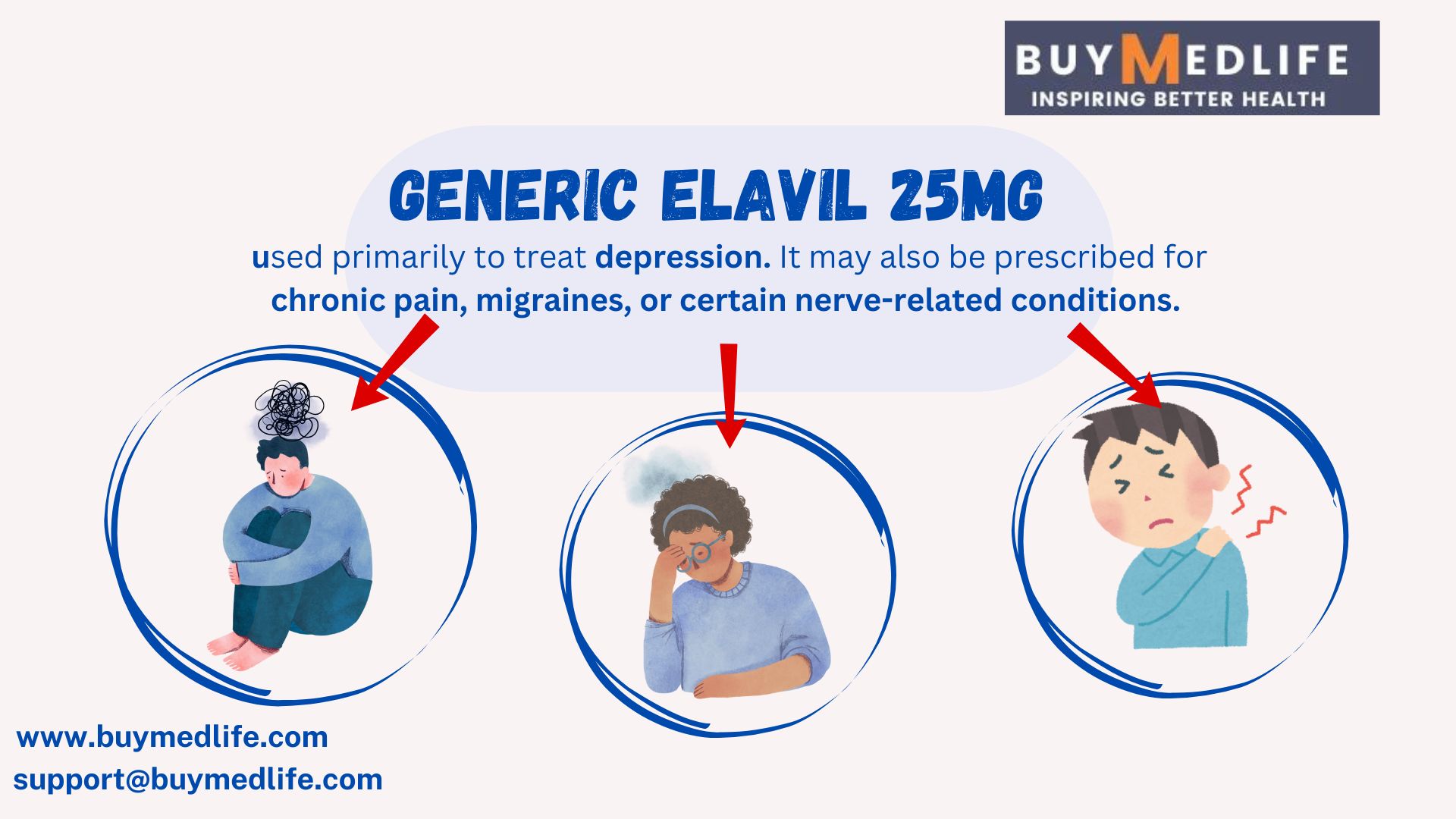Integrative Pain Relief: Combining Traditional and Modern Practices

Pain is an inevitable part of life, affecting everyone at some point. Whether it’s chronic pain from conditions like arthritis or acute pain from an injury, finding effective pain relief is crucial. In recent years, the approach to pain management has evolved, with integrative pain relief gaining popularity. This method combines traditional practices with modern medical advancements to create a comprehensive approach to pain management.
Understanding Pain Relief
Pain can be classified into two main categories: acute and chronic. Acute pain is typically temporary and results from injury or surgery, while chronic pain persists for months or even years and can be associated with conditions like fibromyalgia, back pain, or migraines. Finding effective pain relief can significantly enhance the quality of life, making it essential to explore a variety of options.
Traditional Practices in Pain Relief
Traditional pain relief methods have been utilized for centuries across different cultures. Here are some widely recognized approaches:
1. Herbal Remedies
Herbal medicine has a rich history and continues to play a vital role in pain relief. Plants such as turmeric, ginger, and willow bark have been used for their anti-inflammatory and analgesic properties. Turmeric, for instance, contains curcumin, which has been shown to reduce pain in conditions like arthritis.
2. Acupuncture
Originating from Traditional Chinese Medicine, acupuncture involves the insertion of thin needles into specific points on the body. This practice aims to balance the body’s energy, known as Qi, and has been found effective for various pain conditions, including back pain, migraines, and even fibromyalgia.
3. Massage Therapy
Massage therapy is another traditional practice that has stood the test of time. It can help alleviate pain by improving circulation, reducing muscle tension, and promoting relaxation. Techniques such as Swedish, deep tissue, and trigger point massage can be tailored to address specific pain issues.
Modern Approaches to Pain Relief
Modern medicine has developed a range of interventions for pain management, often focusing on pharmacological treatments and advanced technologies:
1. Medications
Over-the-counter and prescription medications play a significant role in pain relief. Nonsteroidal anti-inflammatory drugs (NSAIDs), such as ibuprofen and naproxen, are commonly used for mild to moderate pain. For more severe pain, doctors may prescribe opioids, though these come with a risk of dependency and other side effects.
2. Physical Therapy
Physical therapy is a modern approach that involves exercises and stretches designed to improve mobility and reduce pain. A physical therapist can create a personalized program to help strengthen muscles, improve flexibility, and alleviate discomfort.
3. Mind-Body Techniques
Mind-body approaches, including cognitive-behavioral therapy (CBT) and mindfulness meditation, have gained traction in pain management. These techniques help patients develop coping strategies, reduce stress, and manage the emotional aspects of pain.
Integrating Traditional and Modern Practices
The concept of integrative pain relief involves combining the strengths of both traditional and modern approaches. Here’s how this integration can work:
1. Personalized Treatment Plans
Every individual experiences pain differently, and an integrative approach allows for personalized treatment plans. A patient may benefit from a combination of herbal remedies, acupuncture, and physical therapy, tailored to their specific needs and preferences.
2. Holistic Perspective
Integrative pain relief considers the whole person—body, mind, and spirit. This holistic view acknowledges that emotional and psychological factors can influence pain perception. By addressing these aspects through therapies like mindfulness and CBT alongside physical treatments, patients can experience more comprehensive relief.
3. Evidence-Based Practices
The integration of traditional and modern practices also emphasizes the importance of evidence-based approaches. While traditional methods have a long history of use, modern research can validate their efficacy. For example, studies have shown that acupuncture can be as effective as conventional pain medications for certain conditions, providing a bridge between the two worlds.
Case Studies: Success Stories in Integrative Pain Relief
Case Study 1: Chronic Back Pain
Maria, a 45-year-old office worker, struggled with chronic back pain for years. After trying various medications with limited success, she decided to explore an integrative approach. She started with physical therapy to strengthen her core muscles, combined with weekly acupuncture sessions. Additionally, she began taking turmeric supplements for their anti-inflammatory properties. Over time, Maria noticed a significant reduction in her pain levels and an improvement in her overall quality of life.
Case Study 2: Migraine Management
John, a 32-year-old man, experienced debilitating migraines that disrupted his daily activities. Traditional medications provided only temporary relief and often came with side effects. Seeking an alternative, he consulted a holistic health practitioner who recommended a combination of dietary changes, acupuncture, and mindfulness meditation. By integrating these practices, John experienced fewer migraines and learned effective techniques to manage stress, which had been a significant trigger.
The Future of Pain Relief
As awareness grows around the benefits of integrative pain relief, more healthcare providers are beginning to adopt this approach. Patients are encouraged to explore various options and collaborate with their healthcare teams to find the best combination of treatments.
1. Continued Research
Ongoing research is essential to validate the effectiveness of integrative methods. As more studies emerge, they can help healthcare professionals create informed, evidence-based treatment plans.
2. Patient Empowerment
Empowering patients to take an active role in their pain management is crucial. Education about different pain relief options enables individuals to make informed choices and advocate for their health.
Conclusion
Integrative pain relief represents a promising path for those seeking effective management of pain. By combining traditional practices with modern medical advancements, individuals can find a more holistic and personalized approach to their pain. As stories like those of Maria and John illustrate, blending these methodologies can lead to significant improvements in pain management and overall well-being. In a world where pain can often feel isolating and overwhelming, integrative pain relief offers hope and a path forward, reminding us that relief is possible through collaboration and innovation.




